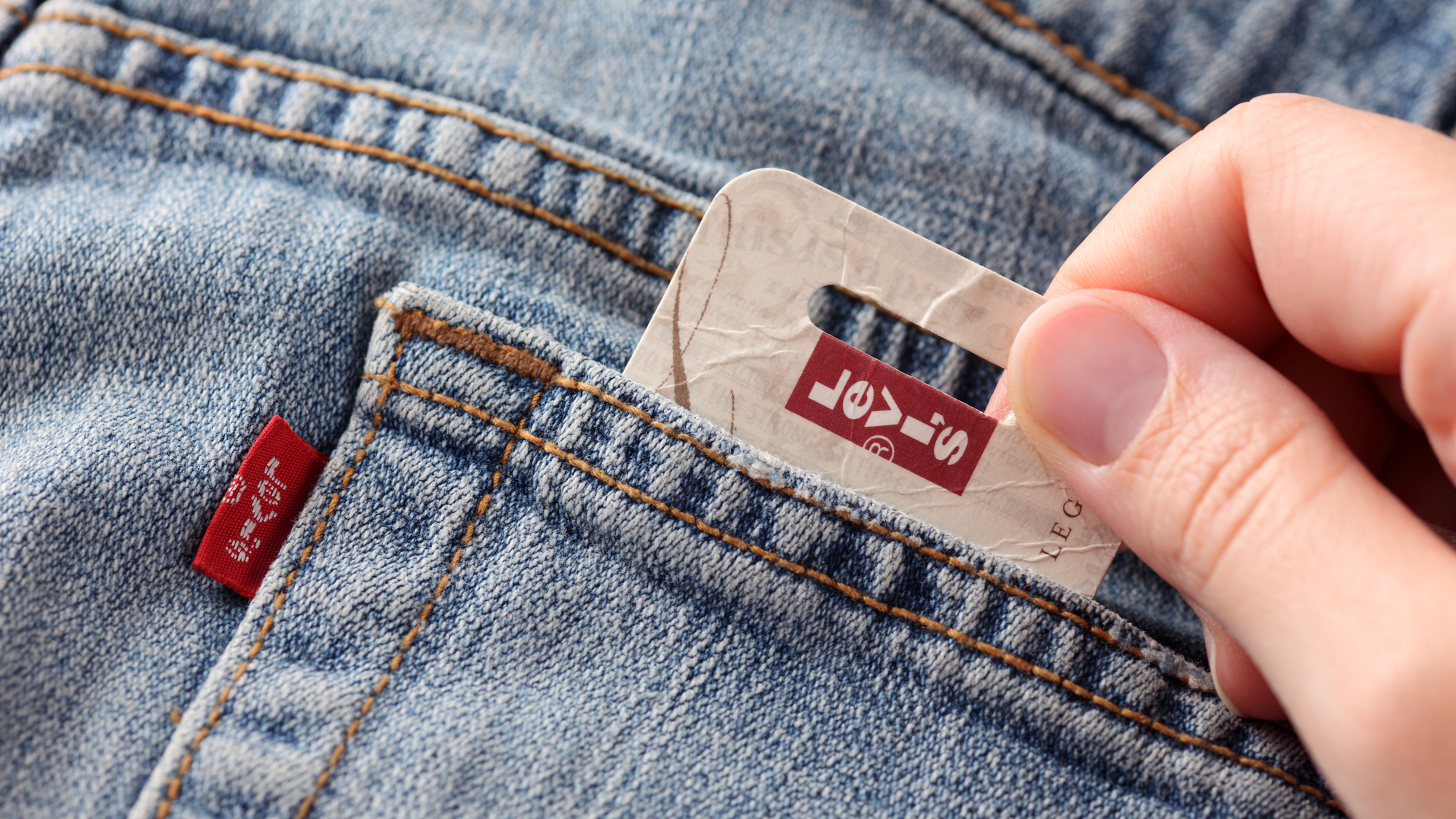

A torrent of brands have announced their twist on “AI” integrations, including 170-year-old clothing company Levi’s. The retailer revealed plans last week to begin testing AI-generated fashion models on their website as a potential tool to “supplement human models,” while increasing “diversity” in a “sustainable” way. Critics almost immediately highlighted concerns with the disconcerting corporatespeak, arguing that employing AI software in lieu of a diverse pool of actual human labor betrayed a fundamental misunderstanding of equity and representation.
Levi’s has since issued a clarification—on Tuesday, the announcement page included a statement that the group “[does] not see this pilot as a means to advance diversity or as a substitute for the real action” on improving diversity and inclusion, “and it should not have been portrayed as such.” Speaking with PopSci this week, the company maintains the partnership with the “digital fashion studio” Lalaland.ai will still champion another cause—sustainability. Industry experts and insiders, however, remain deeply skeptical of those assertions, as well.
[Related: Why an AI image of Pope Francis in a fly jacket stirred up the internet.]
When first asked earlier this week for clarification on how AI integration promotes environmental sustainability, a spokesperson for Levi’s told PopSci via email, “While we can’t speak for Lalaland.ai, this technology has potential environmental benefits for LS&Co. that could be immediately recognized, including minimizing the carbon footprint of photoshoots.” The company representative went on to reiterate sustainability remains a “top priority” for Levi’s, and that supplementing clothing lines’ rolling style launches with AI-generated models “eliminates extra photoshoots, including the travel needed for the team, shipping the products back and forth, the energy used during the photoshoot, and more.” Lalaland.ai has not responded to a request for comment at the time of writing.
The UN estimates between 8 and 10 percent of all global emissions stem from the fashion industry—more than both the aviation and shipping industries combined. Many advocates continue to push for sustainable fashion practices, and even believe some AI integration could help achieve these goals. But, the environmental impact of switching to some AI models for photoshoots is still unknown.
[Related: The universe is getting a weigh-in thanks to AI.]
“As someone who makes a living shooting e-commerce, my first thought was panic. Am I shortly out of a job?” worries Brian Frank, a freelance photographer currently based in Amsterdam. Frank tells PopSci he “did not foresee ‘sustainable’ as the reason. I assumed it would be deemed cheaper,” but conceding “the writing has been on the wall for some time that this was coming.” Still, Frank never thought models would be the starting point, much less for a company as large as Levi’s. “I assumed it would be for a smaller, high-end fashion house,” he says.
But even those running smaller fashion companies aren’t totally convinced. “I understand the benefits of AI technology for tasks such as virtual try-ons, personalized recommendations, and product design. However, for our brand, the final fit must always be on a human,” Andréa Bernholtz, founder of the sustainable swimwear company, Swiminista, writes via email, adding they “firmly believe that an AI cannot feel and move like a human, and it cannot let you know how it truly feels,” and calls the human factor a “non-negotiable.”
Bernholtz says she is excited about the continuing integration of technology within fashion, and believes it can be a powerful tool when combined with sustainable practices to increase efficiency, reduce material waste, and minimize the necessity of physical samples.
[Related: Meet Garmi, a robot nurse and companion for Germany’s elderly population.]
“When discussing sustainability, I must assume [Levi’s is] talking about no more samples produced to be photographed,” continues Frank, arguing that if a design render can be derived directly from AI, then that could eliminate a decent amount of physical waste.
In Levi’s clarification, the company stated it has no plan to scale back its live photoshoots or the employment of live models, while arguing the Lalaland.ai partnership “may deliver some business efficiencies” for consumers. There is no indication its AI rollout has changed, with plans to begin tests later this year.
“For now, what we do know is that AI models will never replace our human models, only supplement them where useful,” writes Levi’s in its addendum, adding that, “As with any test, we’ll be paying close attention to the consumer experience and actively listening to consumer feedback.
